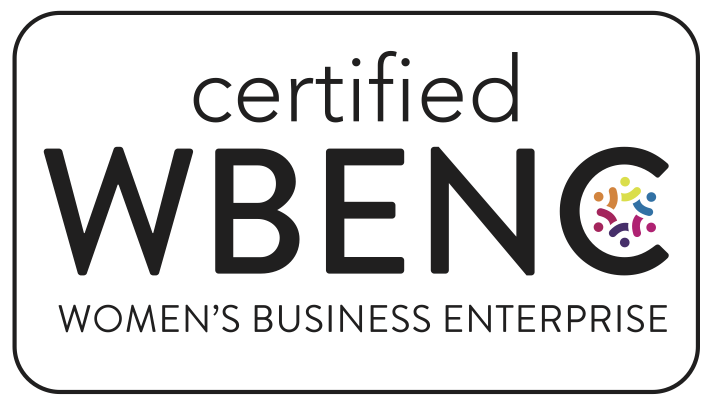Early retirements, burnout, employees rethinking their careers -- the Great Resignation is in full swing. Job openings are up 44 percent since January 2021, and current application rates aren't any higher (or lower) than they were since the start of 2021. These hiring challenges aren't unsolvable, though, especially if companies look for inspiration in the successful recruitment strategies that other employers are using.
Challenge #1: "We're not attracting enough of the right talent to our jobs."
The fix: Promote shared values and let employees do the talking.
Right now, many industries have more job openings than candidates. Companies in that boat are likely looking for ways to attract new candidates to their industry. Unfortunately, this is easier said than done in some industries.
For example, much of the public holds a perception of manufacturing careers as hot, dirty, and loud. To counter this perception, Fortune 500 chemical manufacturer Celanese adopted a new corporate branding strategy (with the phrase "The chemistry inside innovation") to present itself as a company that's innovative and socially and environmentally responsible. Celanese also asks its employees to help promote its brand by recording videos (posted on the company's career page) in which they share their experiences and perspectives on the company.
Challenge #2: "We're not seeing great engagement with our candidates."
The fix: Build talent pipelines and touch base with prospects often
Two of the biggest complaints candidates have is not hearing back from employers in a timely manner and not getting good information from them. The solution is clear: give candidates the information they need when they need it.
Companies that communicate clearly and accurately with candidates enjoy benefits such as happier hiring managers and better new-hire engagement.
One study found that when companies provide accurate information about open positions, they see a 57 percent improvement in "organizational fit" and a 51 percent improvement in "first year retention" among their candidates. Good communication is important to candidates regardless of whether their job hunt is active or passive.
There are several other tools companies can use to improve their communication with candidates. For example, company newsletters are great for pushing out general information about the company in general and the latest news about it. Automated text updates can keep candidates informed about openings and about the status of their applications. And artificial intelligence-powered chatbots can engage with and guide candidates throughout the hiring process.
Challenge #3: "We're having trouble retaining talent."
The fix: Encourage skill development and collaboration.
One effective method for limiting brain drain is to keep employees engaged. It's important that companies help their employees develop new skills, for example, and encourage them to take on challenging projects and build connections with other teams. These opportunities not only improve employee satisfaction (and, therefore, retention), but benefit the organization's bottom line by increasing productivity and reducing turnover.
Look Around
When a company is facing a challenge, odds are good that another company is (or has been) in the same situation. Instead of trying to reinvent the wheel in their efforts to counter the effects of the Great Resignation, organizations should look around at what others are doing and try some new recruitment strategies.

